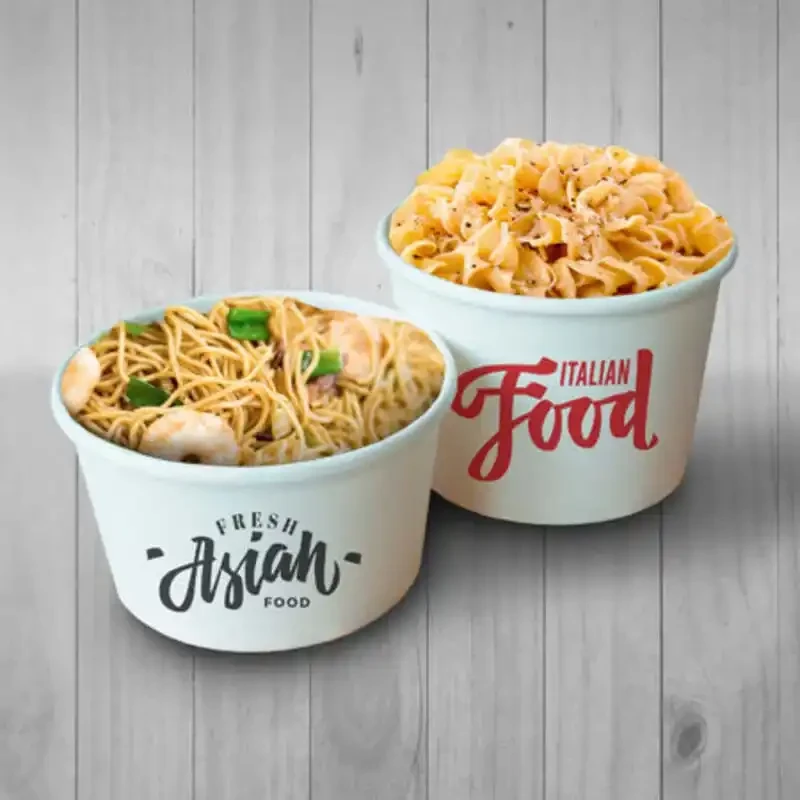The Evolution and Importance of Food Wrapping Paper
Food wrapping paper has become an essential part of our daily lives, playing a crucial role in food preservation, hygiene, and presentation. Over the years, the evolution of food wrapping materials has showcased innovative solutions, responding to both consumer needs and environmental challenges.
Historically, the concept of wrapping food dates back centuries, with ancient civilizations using leaves, cloth, and even animal skins to protect their food. These early forms of wrapping not only served to keep food fresh but also made it easier to transport meals. As trade and culinary practices evolved, so did the materials used for wrapping food. The invention of paper in China around 105 AD marked a significant turning point, as it provided a more convenient and efficient means of wrapping food compared to natural materials.
In the 20th century, the advent of synthetic materials revolutionized the packaging industry. Plastics, aluminum foil, and wax paper emerged as popular choices for food wrapping, each offering unique benefits. For instance, aluminum foil is an excellent barrier against moisture and light, making it ideal for preserving the freshness of a wide range of foods. On the other hand, waxed paper is resistant to grease and moisture, making it perfect for wrapping sandwiches and baked goods.
With the increasing awareness of environmental issues in recent decades, the food wrapping industry has faced a significant challenge. The proliferation of single-use plastics has contributed to pollution and waste, leading to a growing demand for sustainable alternatives. As a response, manufacturers have begun to explore eco-friendly materials for food wrapping. Biodegradable papers, plant-based films, and compostable wraps are now being developed to minimize the environmental impact.
Among the innovative solutions are beeswax wraps, which have gained popularity as a sustainable alternative to traditional plastic wraps. Made from cotton fabric coated with beeswax, these wraps can be reused multiple times and provide an effective seal for food storage. They are not only environmentally friendly but also add a touch of charm to any kitchen.
food wrapping paper

Another exciting development is the use of plant-based biodegradable films. Made from materials such as corn starch, these films can break down more easily than traditional plastics when disposed of properly. They offer a viable solution for producers and consumers looking to reduce their carbon footprint while maintaining food safety and freshness.
The importance of food wrapping paper extends beyond just preservation and protection; it also significantly impacts food safety. Proper wrapping can prevent cross-contamination, keeping raw and cooked foods separate. Moreover, it can inhibit bacterial growth and extend the shelf life of products, reducing food waste. This aspect is particularly critical in the context of public health, where foodborne illnesses can be a significant concern.
In the restaurant and catering industries, food wrapping paper is crucial for presentation and branding. Customized wraps can enhance the visual appeal of takeout meals, reflecting the establishment's identity and commitment to quality. Furthermore, the use of high-quality materials can elevate the dining experience, making even a simple sandwich feel special.
As we look to the future, the food wrapping industry will likely continue to evolve, driven by consumer preferences and environmental responsibilities. Innovations in materials science may lead to the development of even more effective and eco-friendly wrapping solutions. Collaboration between researchers, manufacturers, and policymakers will be essential in creating packaging that meets the needs of both people and the planet.
In conclusion, food wrapping paper is more than just a practical necessity; it is a reflection of our changing society and values. As we navigate the complexities of food safety, environmental sustainability, and consumer demands, it is clear that the evolution of food wrapping paper will remain a vital aspect of how we consume and enjoy our food. By embracing innovation and sustainability, we can ensure that food wrapping continues to serve its purpose effectively while respecting the environment we inhabit.



